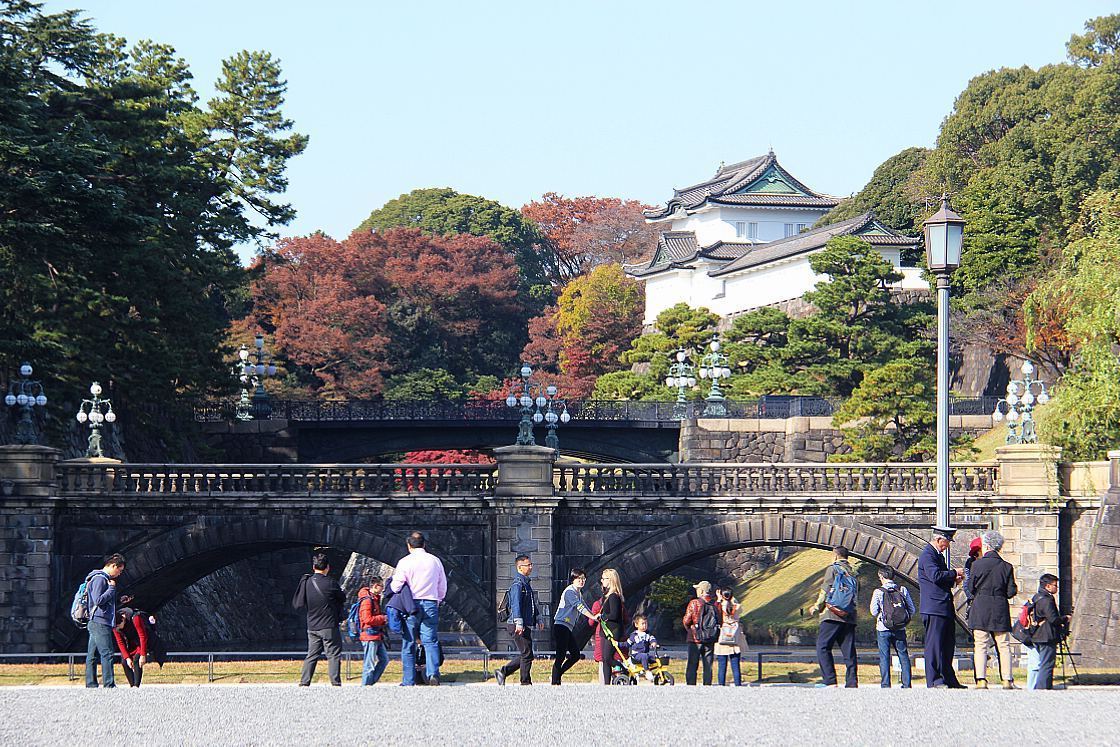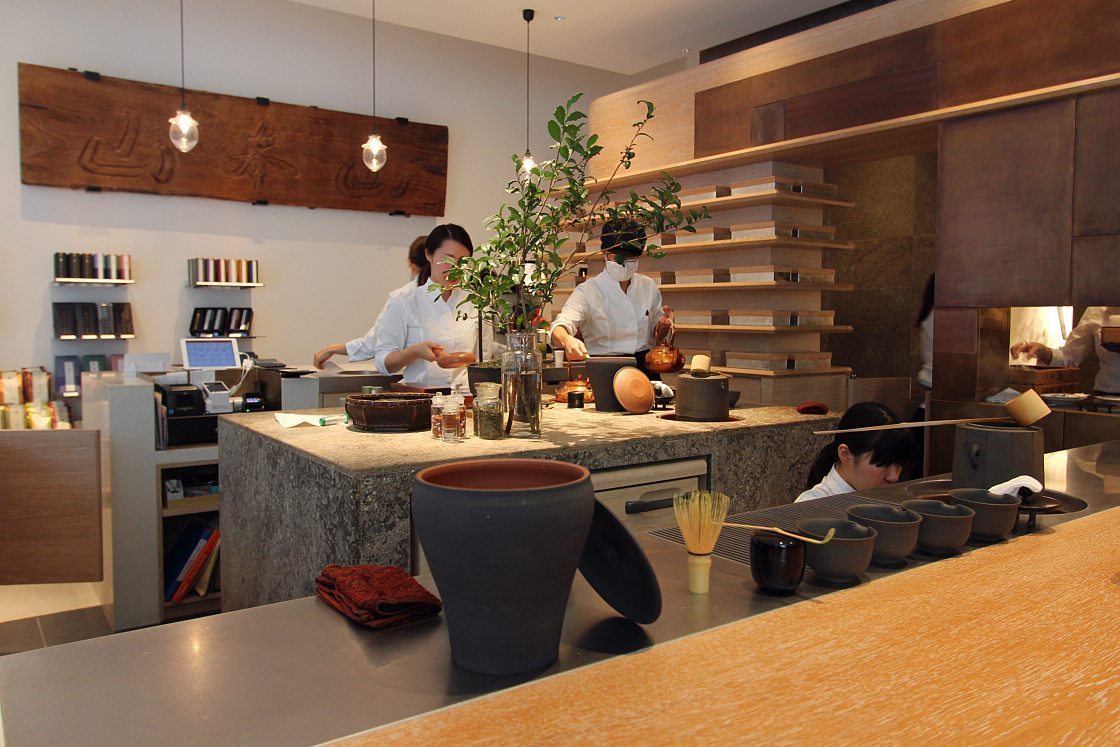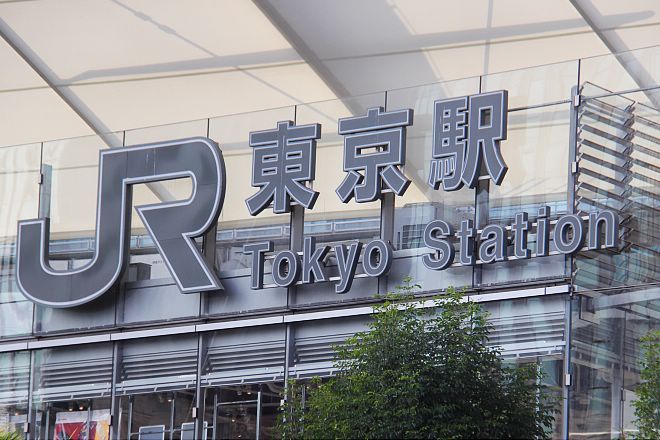History on the streets: a walking tour around Tokyo Station
- Please participate in a questionnaire about Tokyo Station -
The districts around Tokyo Station constitute the original neighborhoods of Tokyo, born as the relatively young city began to emanate from Edo Castle (the modern day Imperial Palace) during the feudal era. As a direct result of the long history that this central area of the city has enjoyed, today it is awash with traditional culture and vestiges of bygone eras, all of which can be enjoyed by venturing just a short distance from Tokyo's most central transport hub.
A stroll back in time can be had upon leaving Tokyo Station in almost any direction, and today I was going to prove that by taking a walk around the different districts, exploring through the eyes of a historian to learn more about Tokyo's storied past and have lots of fun while doing so!
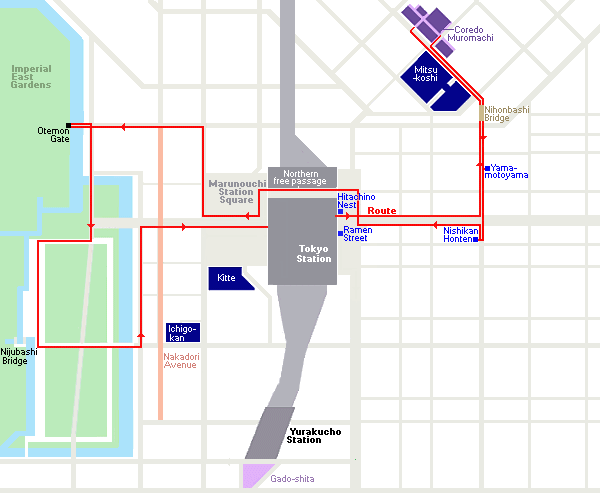
My first stop of the day was at Nihonbashi Bridge around 15 minutes' walk northeast of Tokyo Station. This iconic bridge is the ideal place to begin any journey in Japan, not least because of its centuries-long history as the zero kilometer marker for the country's highway system. Being the traditional "center of Japan", the area around the bridge naturally grew into a booming commercial area during the feudal area, sprouting myriad merchant houses and shops, many of which still operate today.
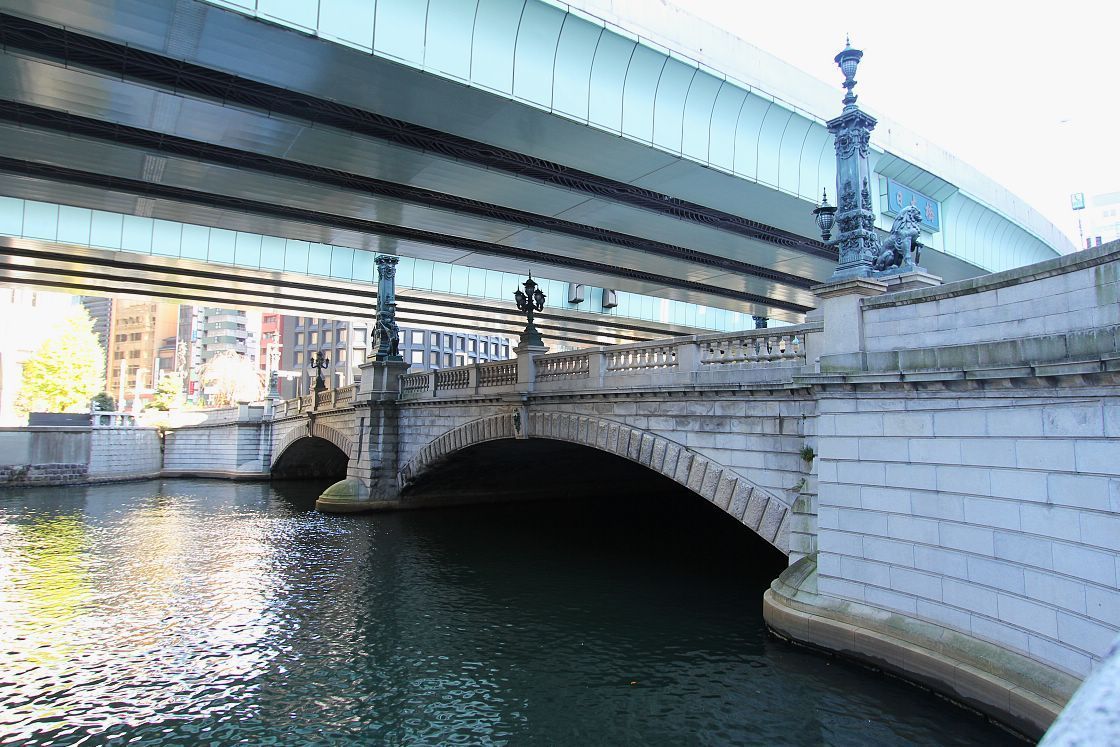
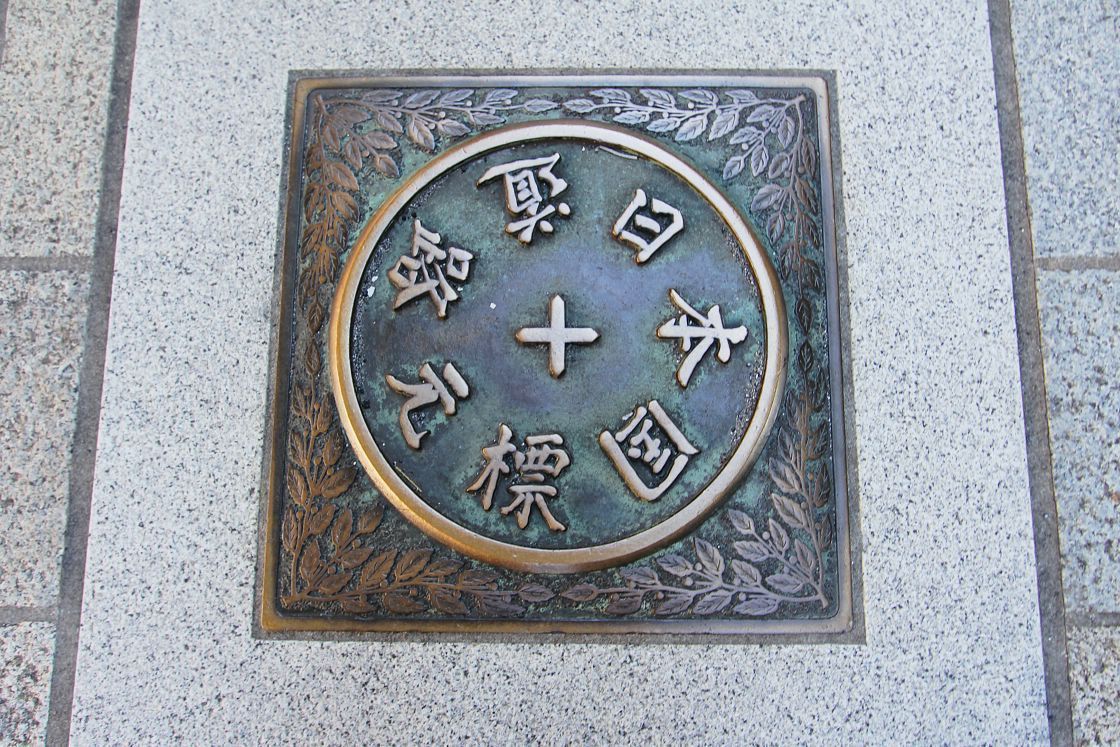
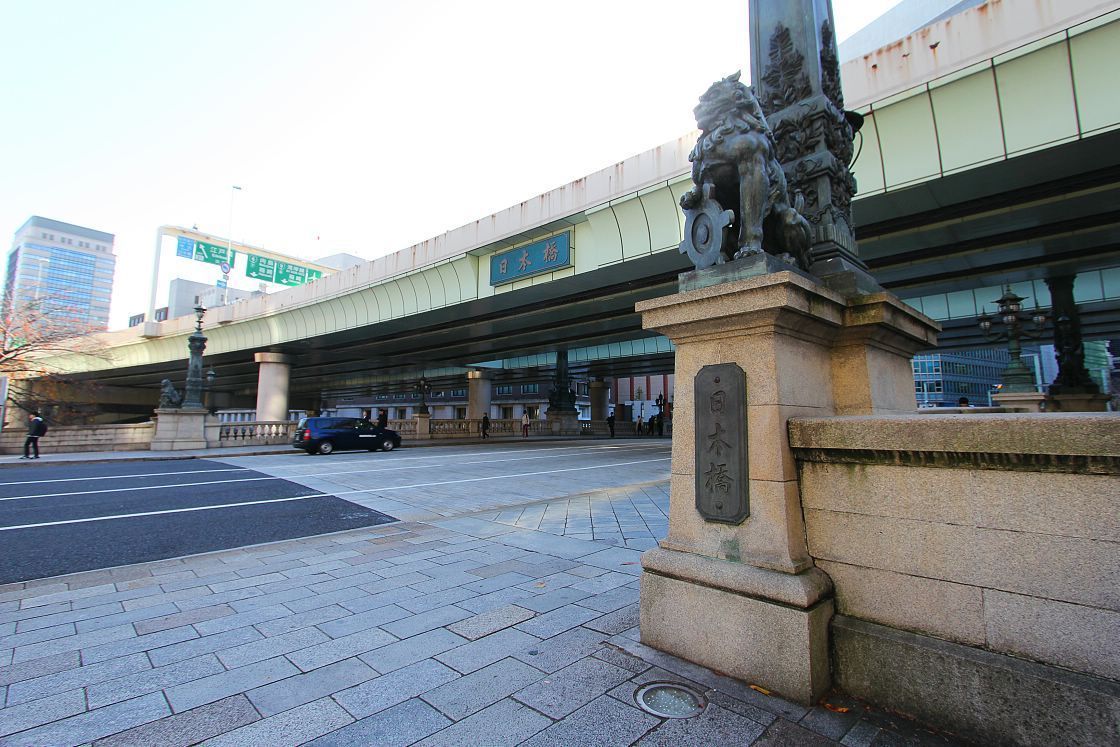
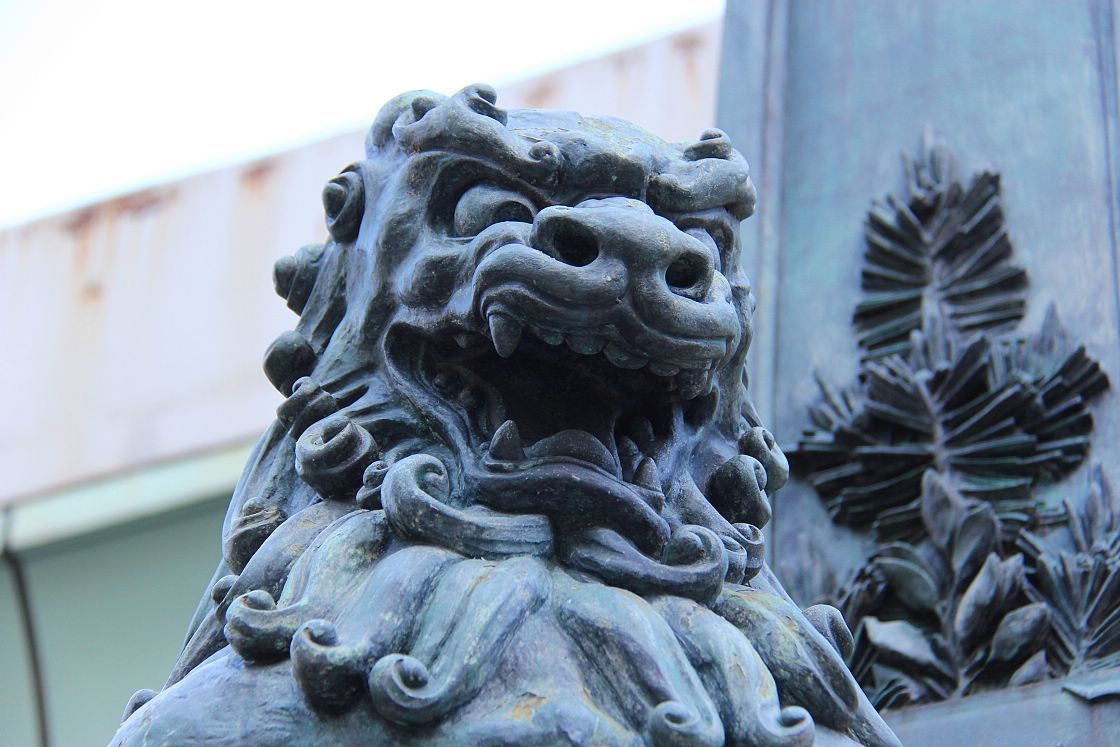
Staying true to its history, Nihonbashi continues to thrive as a commercial hub with great shopping and dining opportunities for travelers. One complex that is particularly noteworthy is Coredo Muromachi, a large shopping and dining space split over three elegant buildings that balance the modern and traditional through their Edo Period-inspired design. After arriving at the complex, I decided to partake in one of the many traditional experiences that can be had here, and sat down for my first ever origami workshop.
The origami workshops are held at the Nihonbashi Information Center in the basement of Coredo Muromachi 1, and last around 30 minutes with reservations recommended but not required. The origami workshops are just one of a catalogue of traditional experiences that can be enjoyed from the information center, including traditional dress up, tea tasting, washi (Japanese paper) making and food tours to name but a few. I enjoyed the fun and easy-to-follow instructions from the English-speaking instructor and made an origami crane and a samurai helmet.
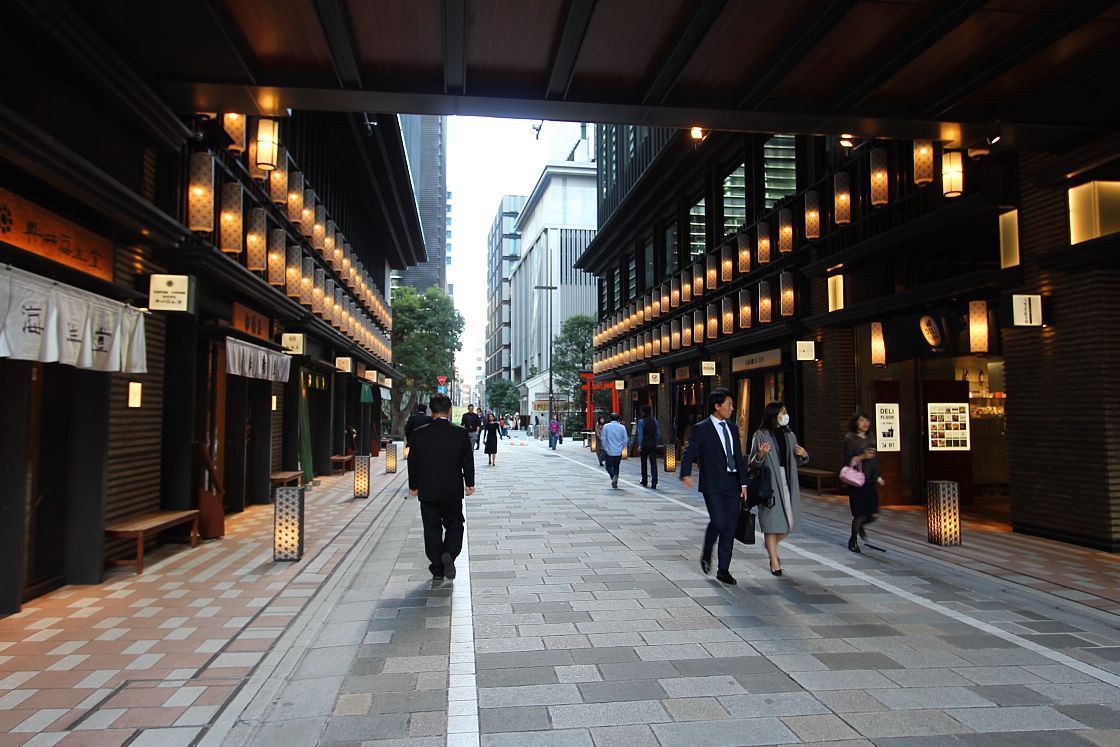
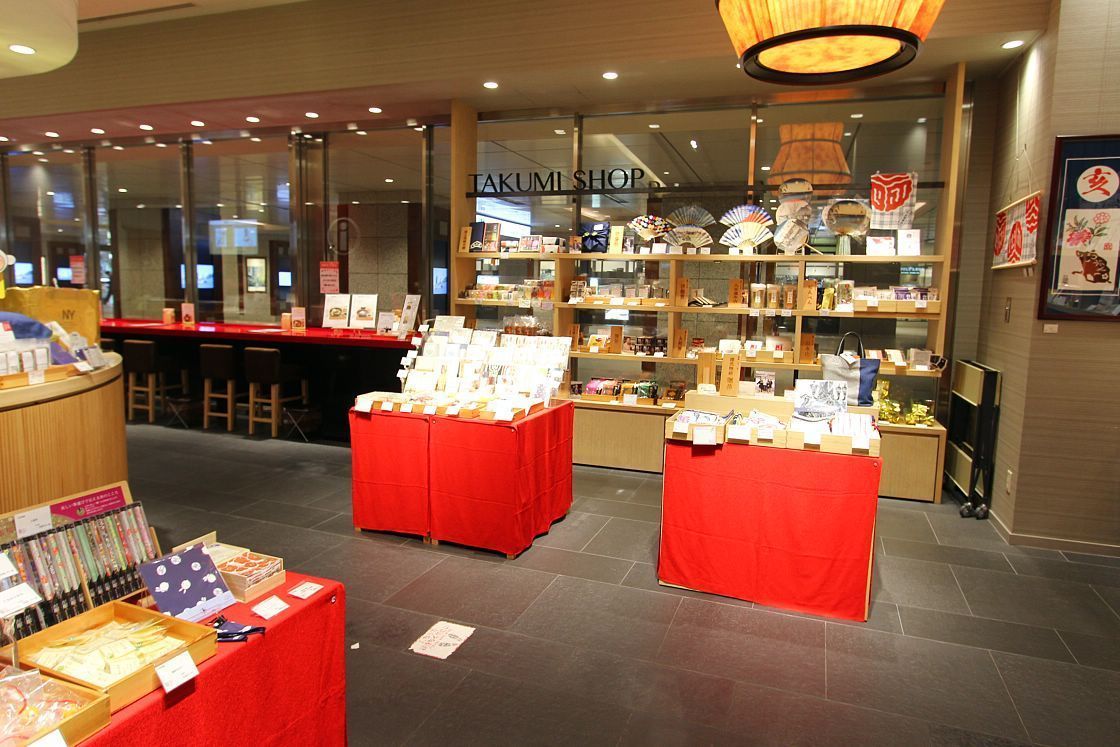
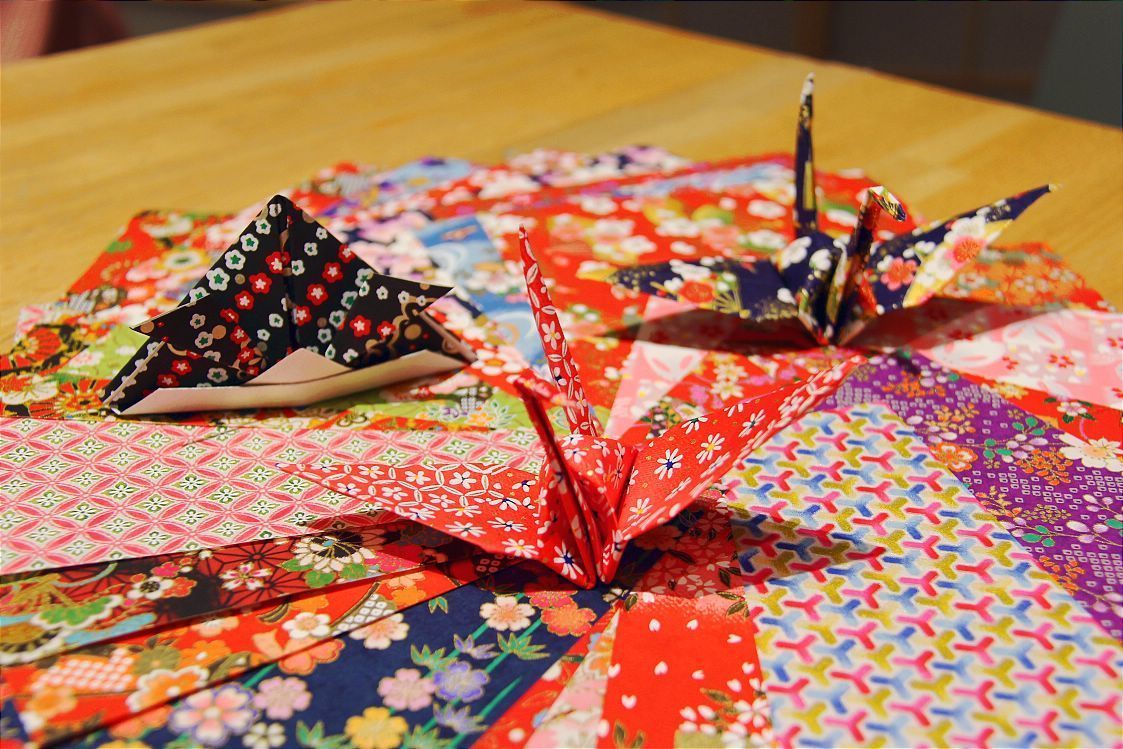
I ventured off after the origami workshop to explore more of the intriguing complex, paying particular attention to its more traditional shops. Two shops that are particularly noteworthy from a historical perspective are Kiya Hamono, a traditional Japanese knife and equipment store that has been operating in the area since the Edo Period (1603-1868), and Ninben, a company dealing in katsuoboshi (dried bonito) and dashi (soup stock) with a history of over 300 years!
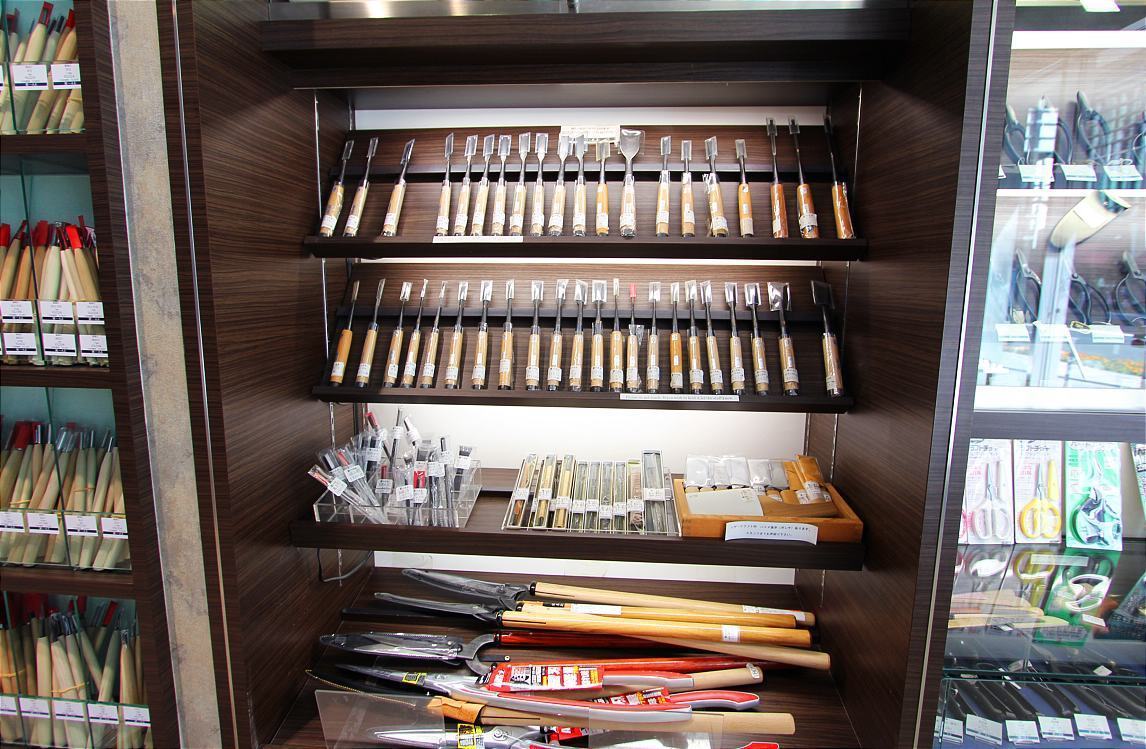
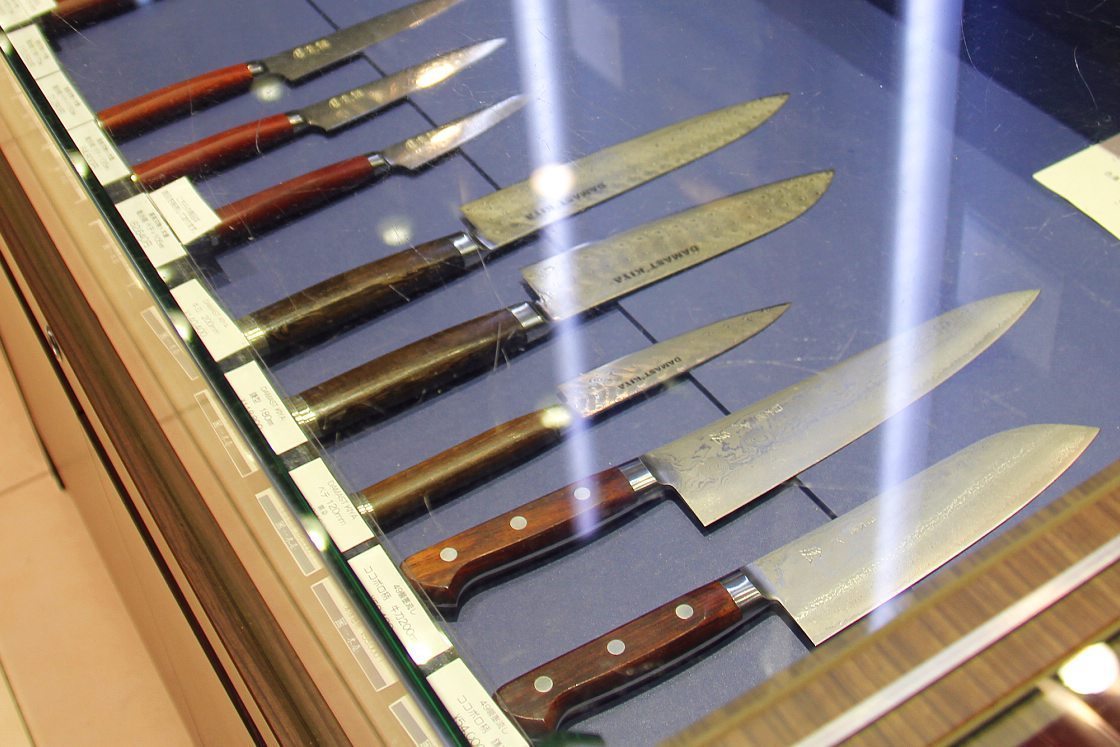
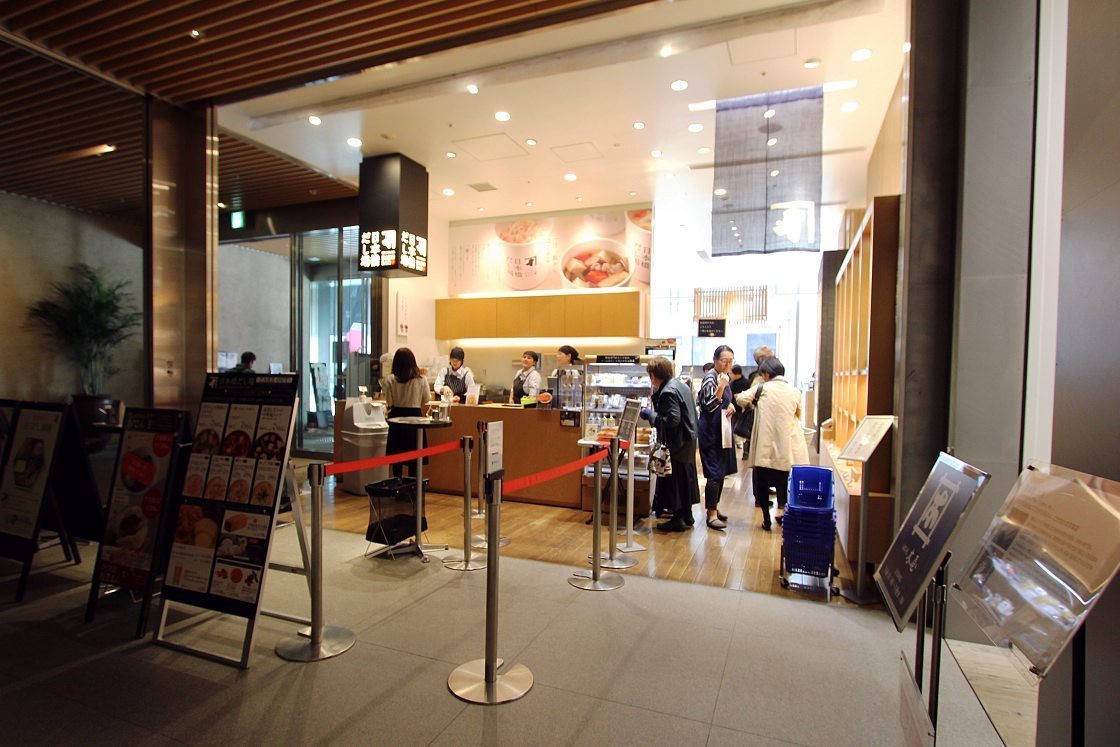
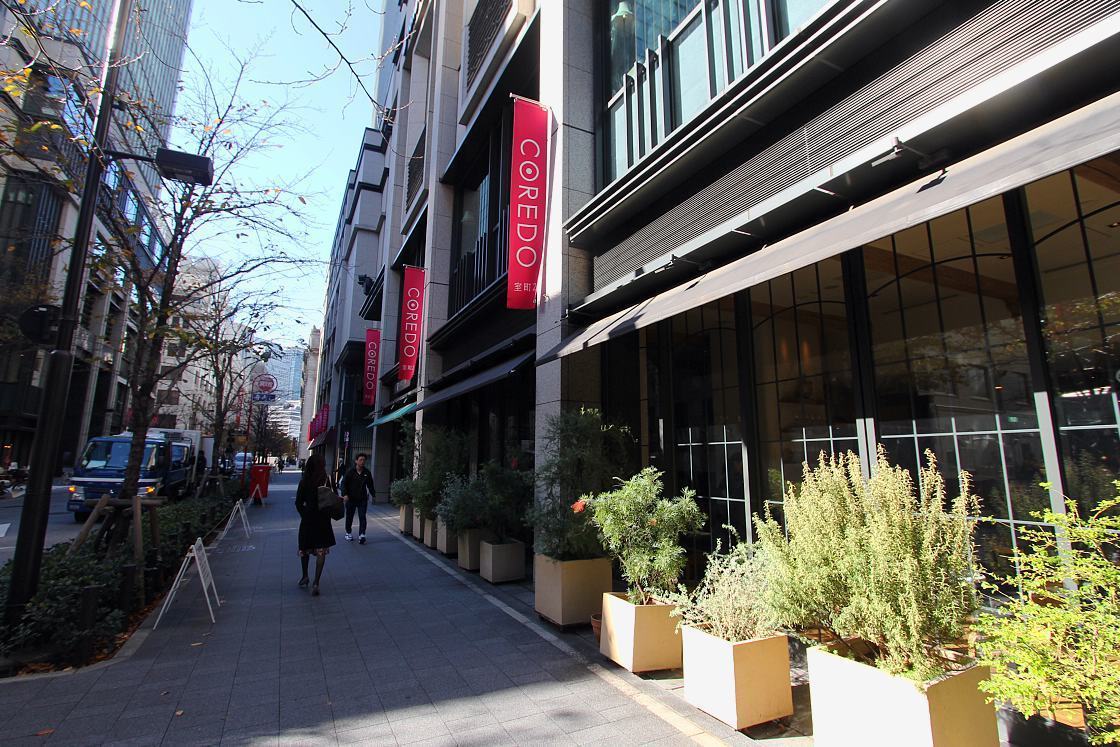
Following all the excitement at Coredo Muromachi, it was time to indulge in a little bit of relaxation, and what better place to do so than at one of Tokyo's most famous traditional tea houses, Yamamotoyama. This company set up shop in the area in the early Edo Period, and today continues to be successful as a true institution of the district. After arriving at the stylish establishment I took a seat and ordered a cup of what turned out to be delicious green tea.
Not only did I find the flavor of the tea to be delightful, but so too the elegant, traditional atmosphere that persists within these walls and is contributed to by the woody aroma of tea leaves roasting as they are meticulously prepared by the attentive staff. Spending time here really helped me to feel a connection with Japan's history and traditional culture, and I would recommend it for any tea loving travelers finding themselves nearby.
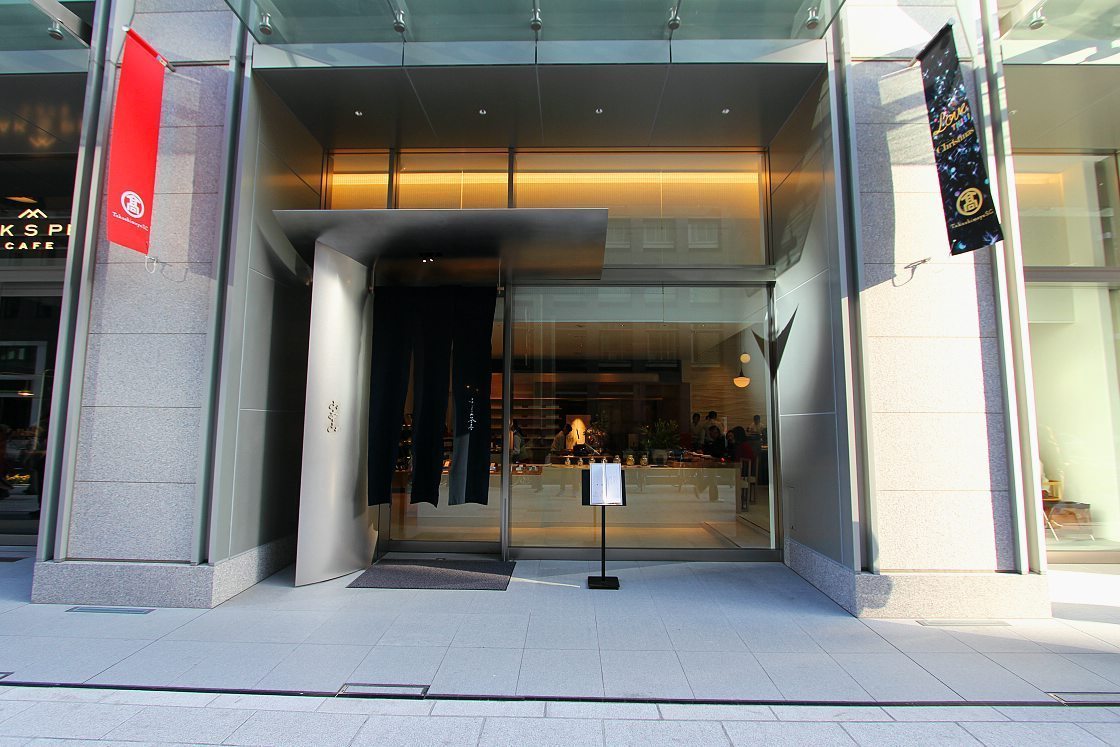
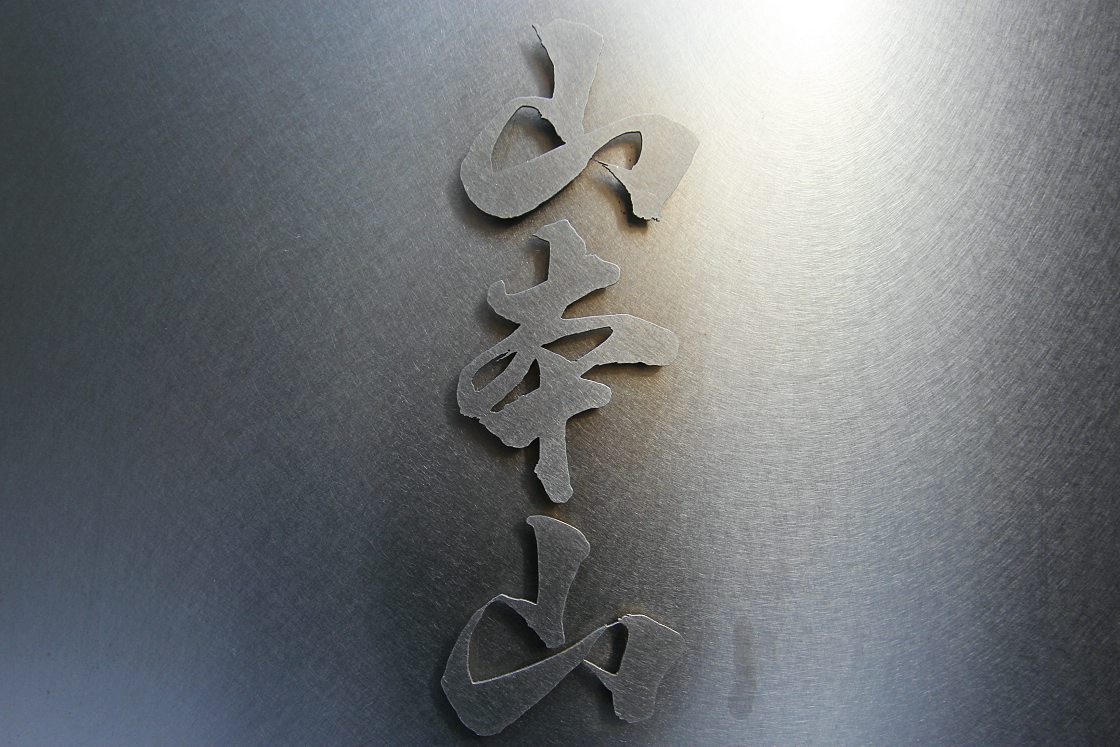
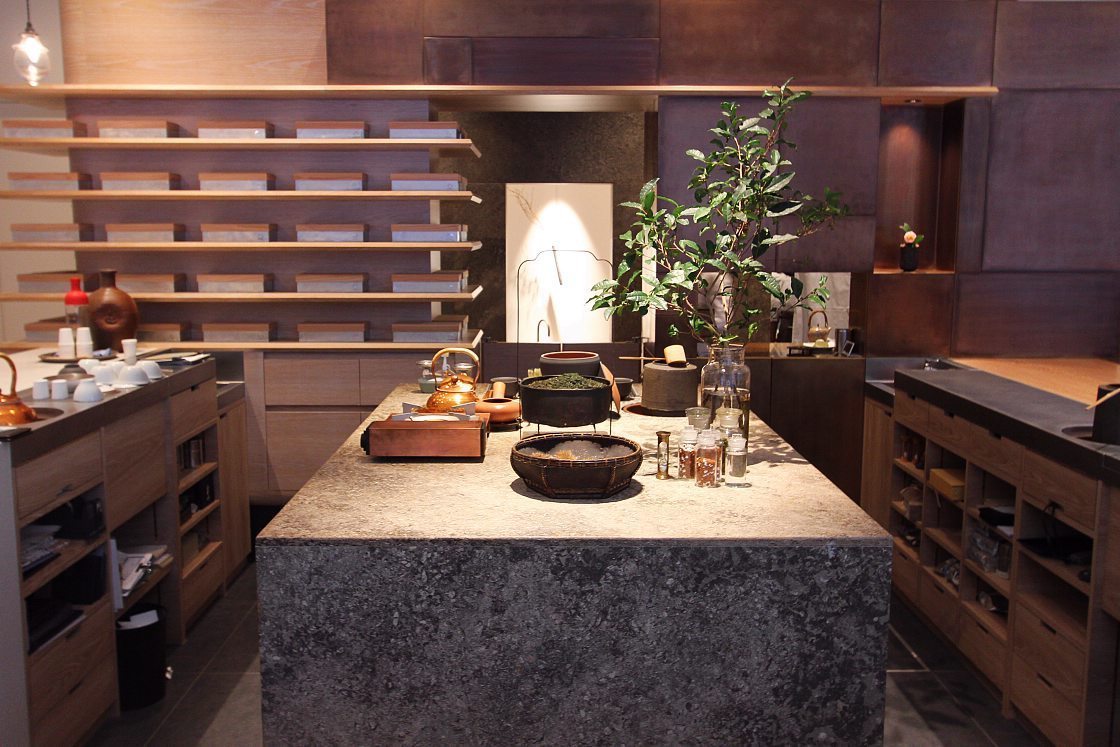
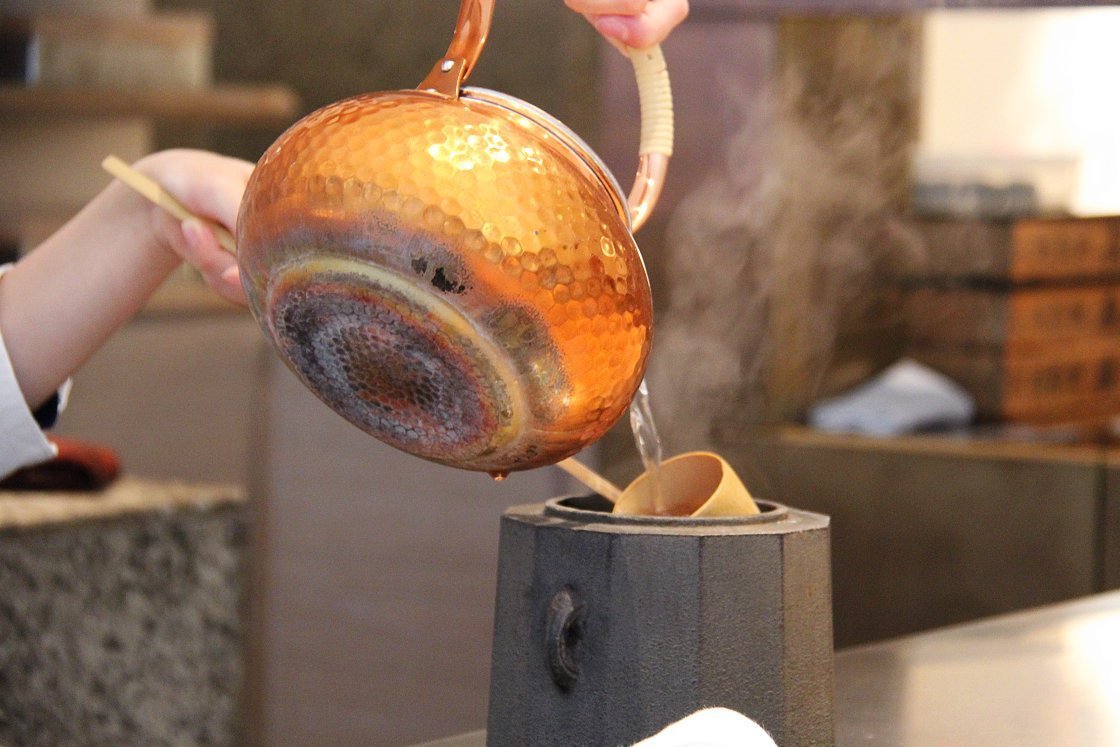
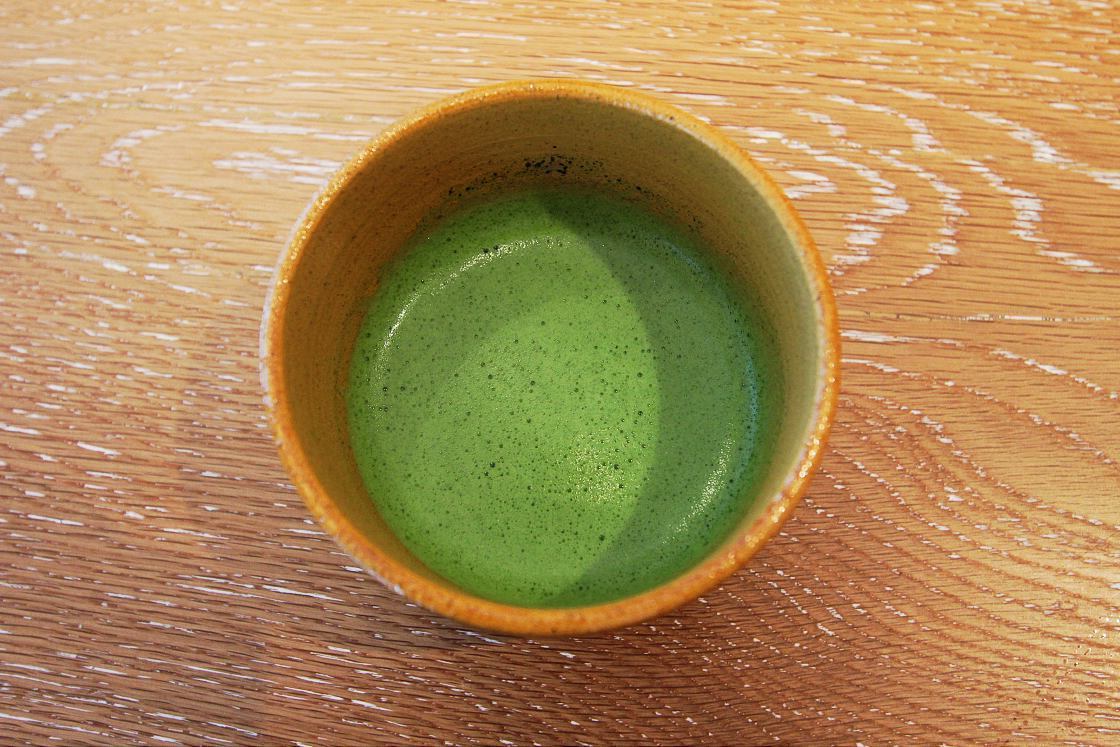
Following a short walk south from Yamamotoyama, I ended up at another of the area's historical shops, Nishikan Honten. This hardware and cutlery shop has been here since 1854 and sells everything from tape measures to Japanese knives. Another example of history and tradition in the vicinity of Tokyo Station, the rows and rows of different tools of all shapes and sizes helped the place to exude a decidedly rustic atmosphere.
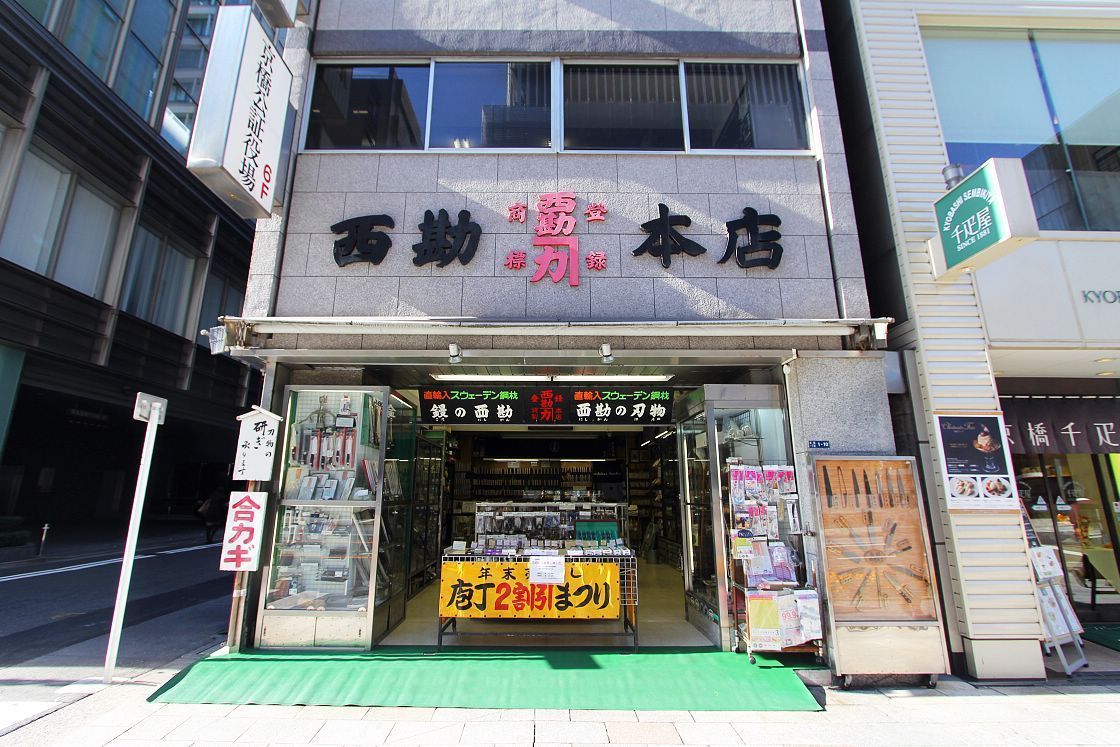
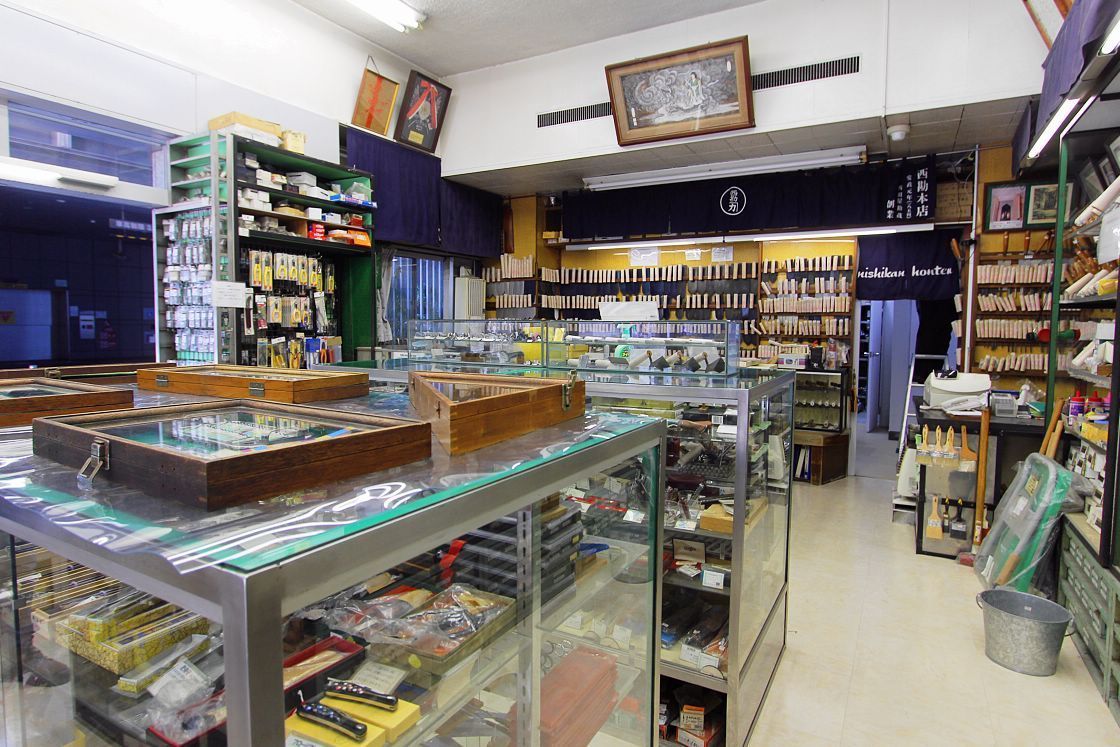
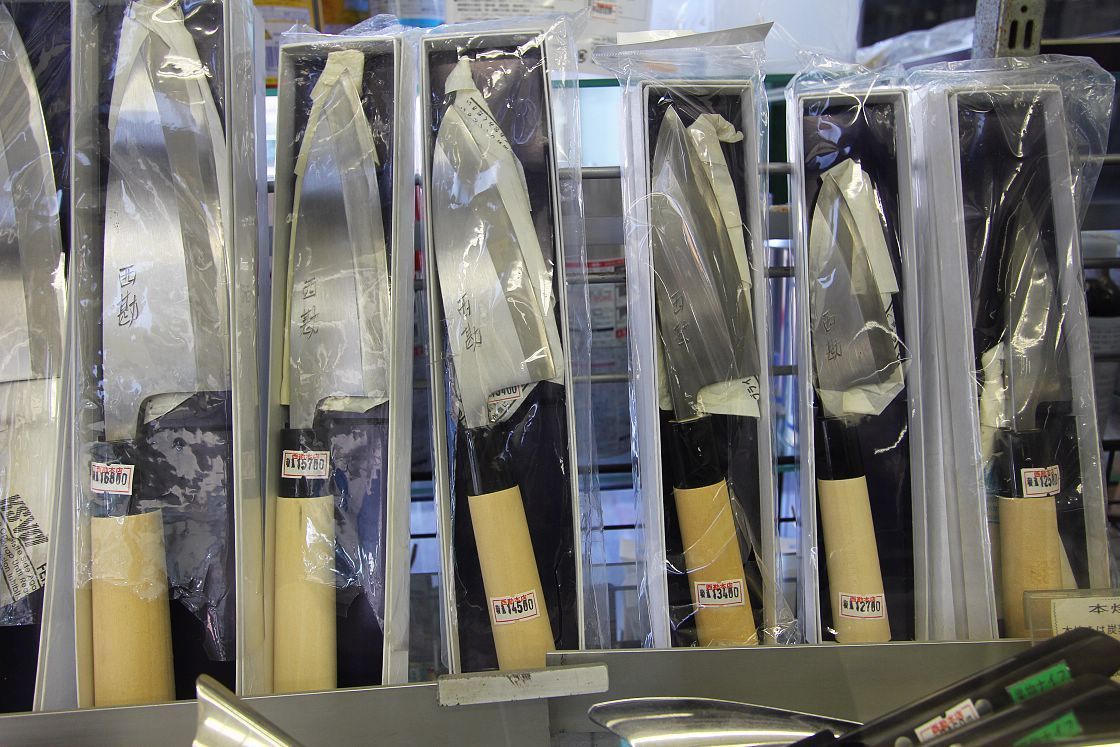
After getting my fill of traditional hardware I crossed to the other side of Tokyo Station to end the day's historical tour at arguably the most historically important of all the area's sites. The Imperial Palace is today the official residence of the Japanese Imperial family, and before that was the site of Edo Castle and the seat of power for the Tokugawa Shogun.
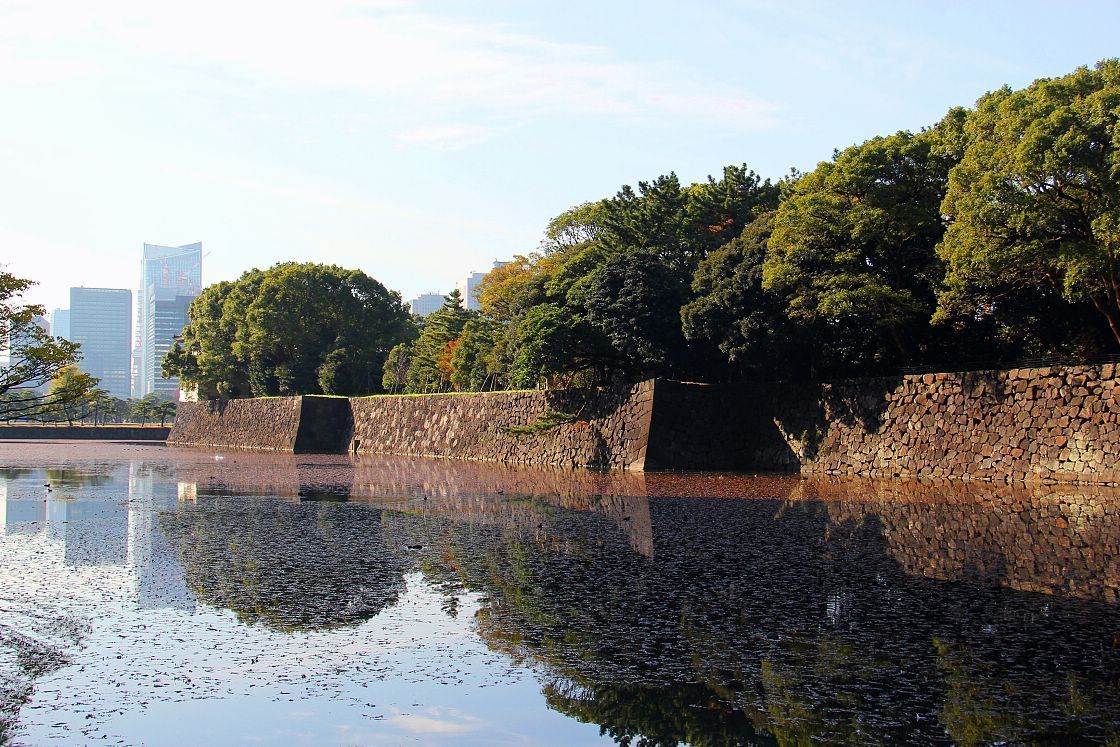
Although much of the Imperial Palace's extensive grounds are closed off to the public, among the areas where visitors can access is the East Gardens. This part of the estate covers the historic inner-most defense circles of the old castle, and today the honmaru (main circle), contains various relics of old structures dating back to feudal times including the foundation of the old castle keep.
In the ninomaru (secondary circle) there is a picturesque traditional Japanese garden that I relished walking around and taking in the scenery and centuries of history that have played out here. Following a stroll around here I left the East Gardens and made the short walk over to the Nijubashi Bridge.
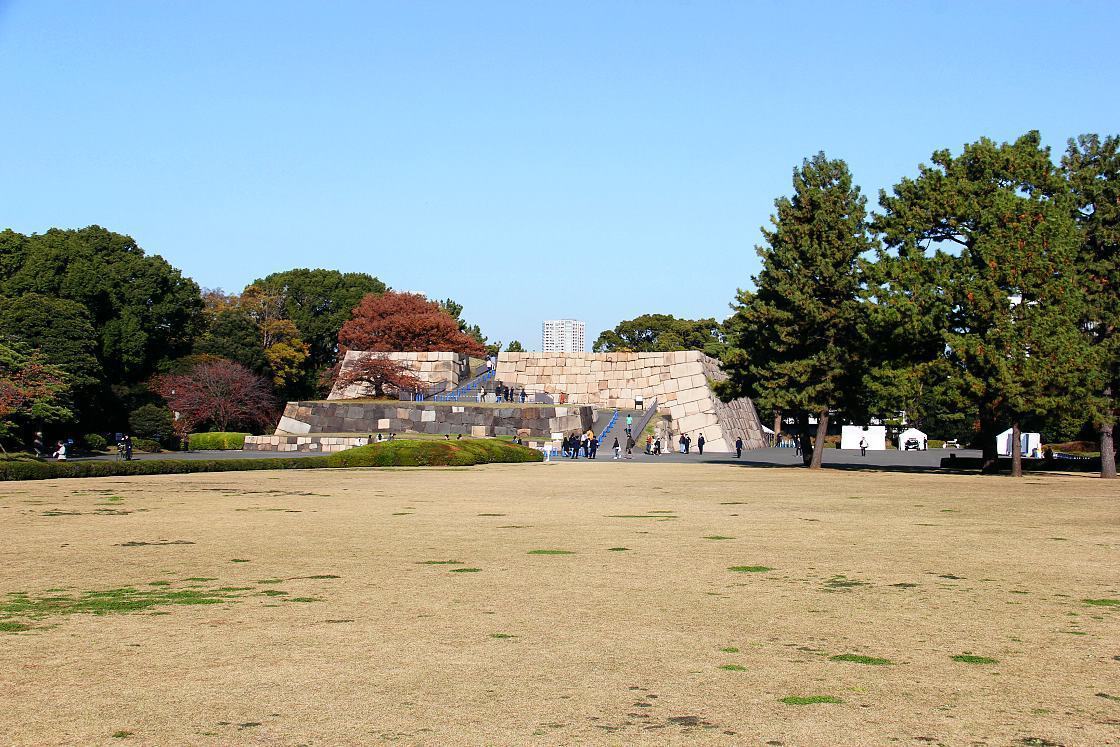
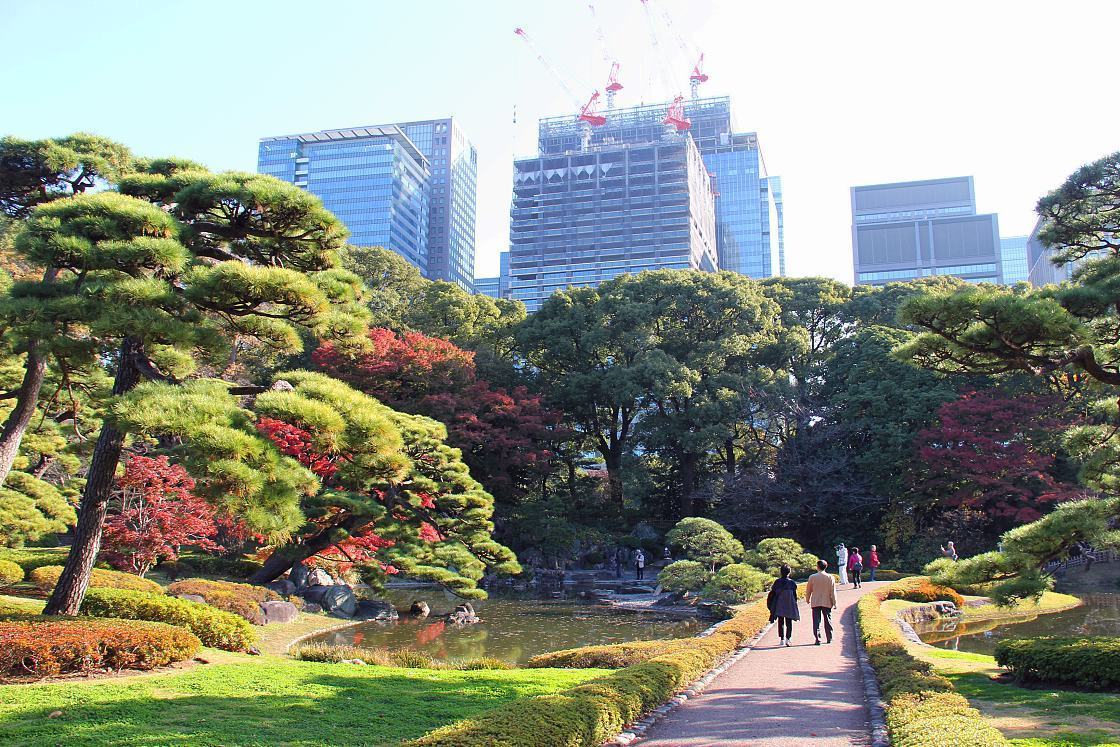
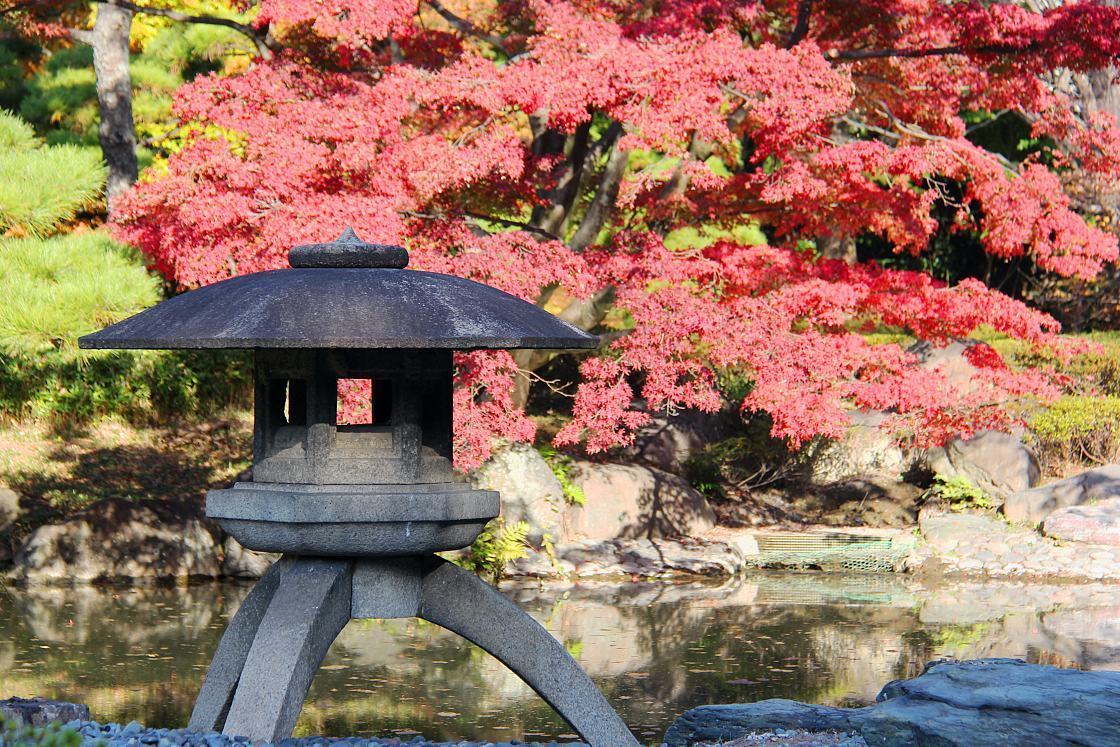
The Nijubashi Bridge is a popular photo spot made up of two bridges that lead to the inner grounds of the palace and which, from the large plaza in front of the Imperial Palace, appear to onlookers as a single, two-tiered bridge. After taking in the awe-inspiring atmosphere around this area of the palace, and of course taking some pictures, my historical tour of this special part of Tokyo was complete, and I made the 15 minute walk from here back to Tokyo Station.
